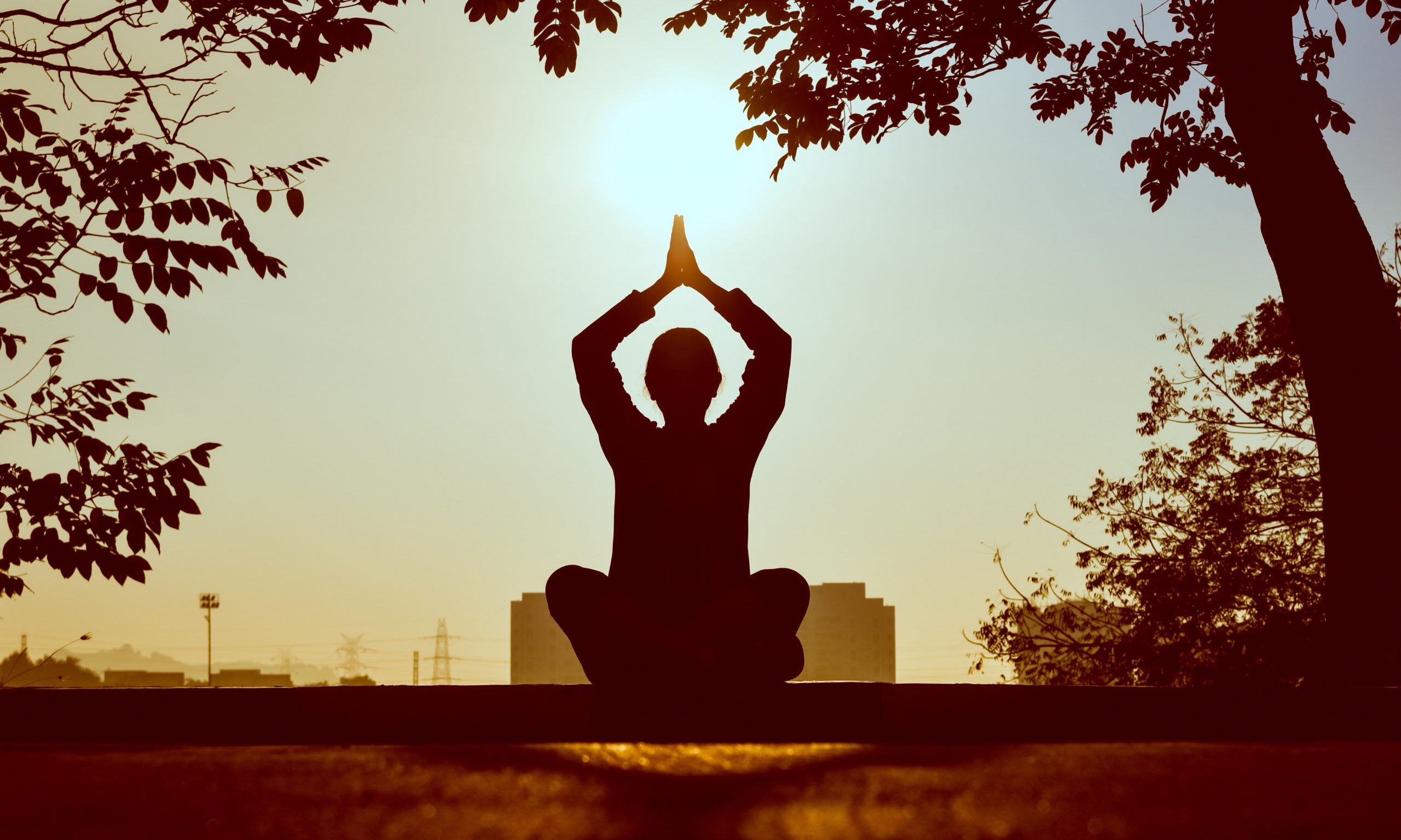This year’s International Yoga Day will celebrate the practice of Yoga in promoting holistic health and psychological wellbeing.
On June 21st every year since 2015, the world gathers to celebrate the United Nations’ certified International Day of Yoga.
This year’s theme is ‘Yoga for well-being’ as the day is being celebrated during challenging times as a result of the global Covid-19 pandemic, which has continued to impact both physical and mental wellbeing for millions worldwide.
The pandemic has, no doubt, worsened psychological and mental suffering; from the loneliness that has plagued life during lockdowns and restrictions, to the anxiety surrounding the illness that crippled the mental state of many.
But something as simple as yoga can help.
The ancient practice is based on the promotion of mental and physical wellbeing and aims to find strength and peace in movement and breathing.
There has been a growing trend of people around the world practicing yoga, not only to stay physically healthy, but to also tackle the mental plights that have emerged with the pandemic.
Yoga is composed of a group of physical, mental, and spiritual practices or disciplines and relies on a series of movements that are synced with breathing patterns to increase strength and flexibility.
The practice originated over 5,000 years ago with its roots tracing back to northern India. The word ‘yoga’ was first mentioned in ancient sacred texts called the Rig Veda in the Sanskrit language, one of the oldest languages of in the world. The word ‘yoga’ means to join or to unite, symbolising the union of body and mind.
Here are the top benefits of this ancient practice.
Relieve stress, depression and anxiety
Yoga is known to be a method of relaxation. Scientifically, it’s also proven to be helpful in fighting off feelings of stress. Studies have shown that yoga can decrease the secretion of the stress hormone, cortisol.
One such study followed 24 women who were reported to be suffering from stress. After a three-month yoga programme, the women had significantly lower levels of cortisol.
Cortisol also influences levels of serotonin, the neurotransmitter associated with depression. The women reported lower levels of anxiety, and depression.
Several studies also show that practicing yoga can lead to a decrease in symptoms of
anxiety, as yoga is considered a coping mechanism to deal with the condition.
Increase blood flow
Yoga greatly helps to increase blood flow. Certain poses can help circulation, especially in the hands and feet.
Inverted poses, such as headstand, handstand, and shoulder-stands, encourage venous blood from the legs and pelvis to flow back to the heart.
From there, the blood can be pumped to the lungs to be freshly oxygenated. This can help with swelling in the legs due to heart or kidney related issues.
Yoga also boosts levels of haemoglobin and red blood cells, which carry oxygen to the tissues.
Achieve balance and strength
Yoga also helps to strengthen muscles that support the body’s weight, leading to functional strength. It’s also used to build core strength and improves athletic performance, functionality, and flexibility, helping to reduce the risk of injury.
There are specific poses in yoga that are designed to increase strength, build muscle, and improve overall endurance.
One study saw 79 adults perform 24 cycles of a series of yoga poses often six days a week, for 24 weeks.
The results? The participants experienced a significant increase in upper body strength, endurance and even weight loss.
Reduce chronic pain
Much research has been carried out to demonstrate the effects of yoga on reducing many types of chronic pain.
One study had 42 individuals with carpal tunnel syndrome either receive a wrist splint or do yoga for an eight-week period.
When concluded, the study found that yoga was more effective in reducing pain and improving grip strength than wrist splinting itself.
A 2005 study also found that yoga could help decrease pain and improve physical function in participants with osteoarthritis.







